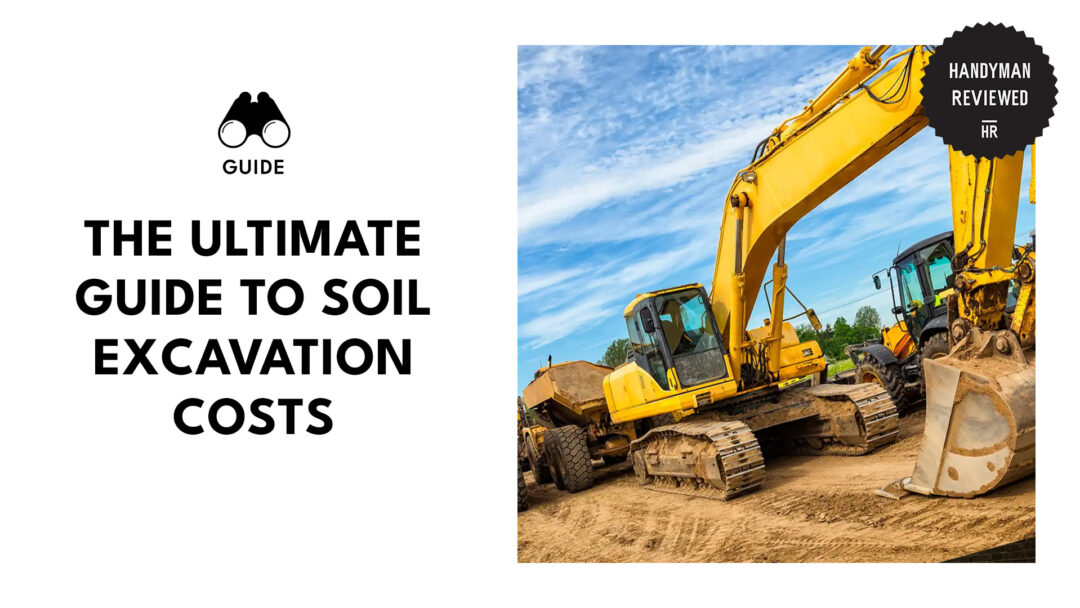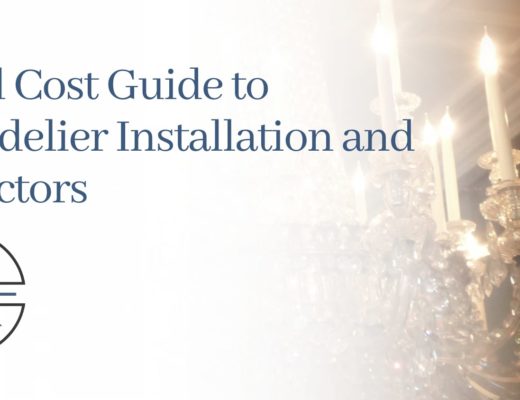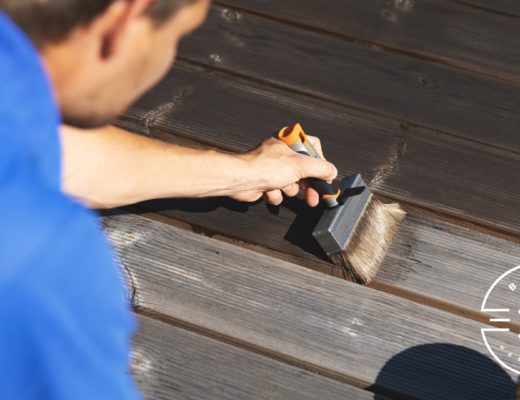For many, myself included, having a pool at the back of your home is a dream come true. But it’s also a dream I almost let go of when I got the quote, and excavation alone costs thousands of dollars!
Soil excavation costs $2.50 to $15 per cubic yard, depending on the area size and depth, soil type, site accessibility, leveling needs, and project type. Most homeowners can pay $400 to $20,000 for the whole excavation project.
That’s why those planning a project that requires excavation should set aside enough budget for it. If you’re not sure how much is enough, continue reading because I’ll break down all the possible expenses you’ll encounter!
Factors Affecting The Cost of Soil Excavation
Soil Type
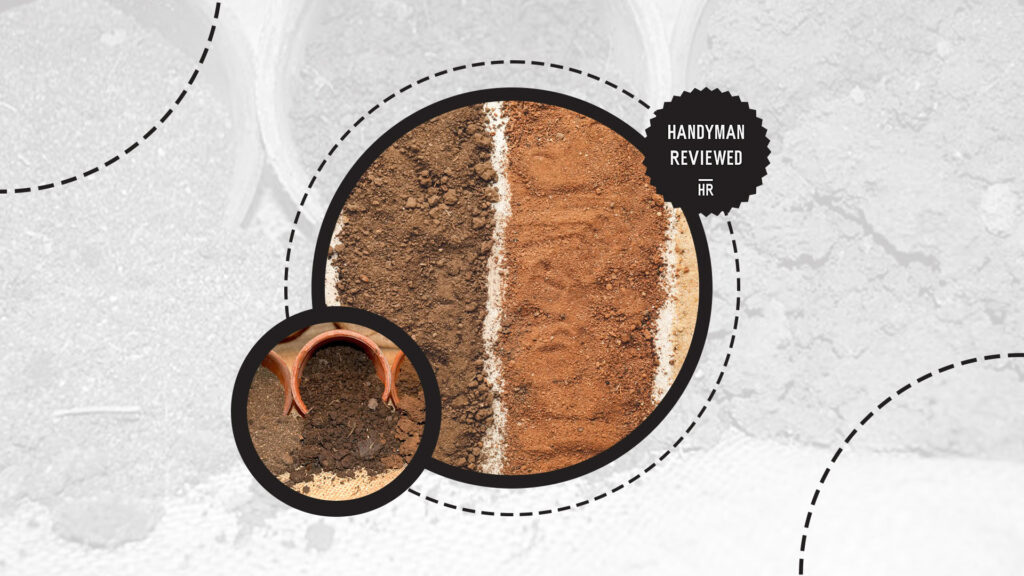
Soil type and condition will directly impact the method, labor, equipment, and time required for the excavation, greatly impacting the project’s cost per yard.
Loam soil is typically the easiest and cheapest to excavate since it’s not prone to collapsing and requires less powerful machinery. Sandy soil, though loose and easy to dig, can cave in easily, so laborers need to take extra safety measures.
Rocky and clay soil are heavy and challenging to dig, so excavating them is much more expensive. If the soil includes heavy boulders, the laborers may even need to blast them, which just adds up to the expenses.
Size and Depth
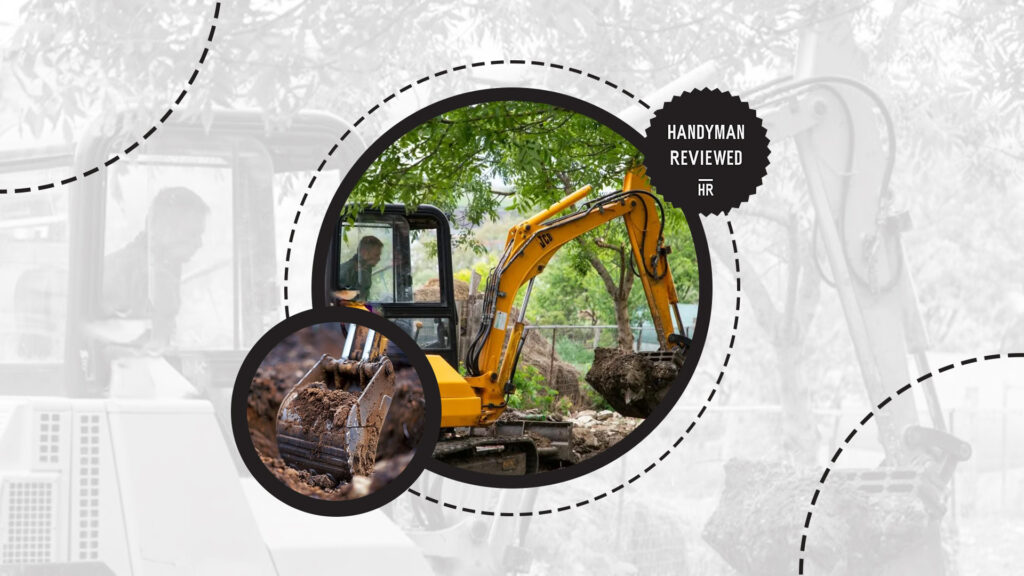
The area size and depth will pretty much determine the volume of soil needed to be excavated and the time it will take for the project, so it will significantly affect the total excavation cost.
Larger projects will need to use larger excavators and more dump trucks for the disposal of the soil. This significantly increases the cost of renting and operating machinery and equipment.
Site Accessibility
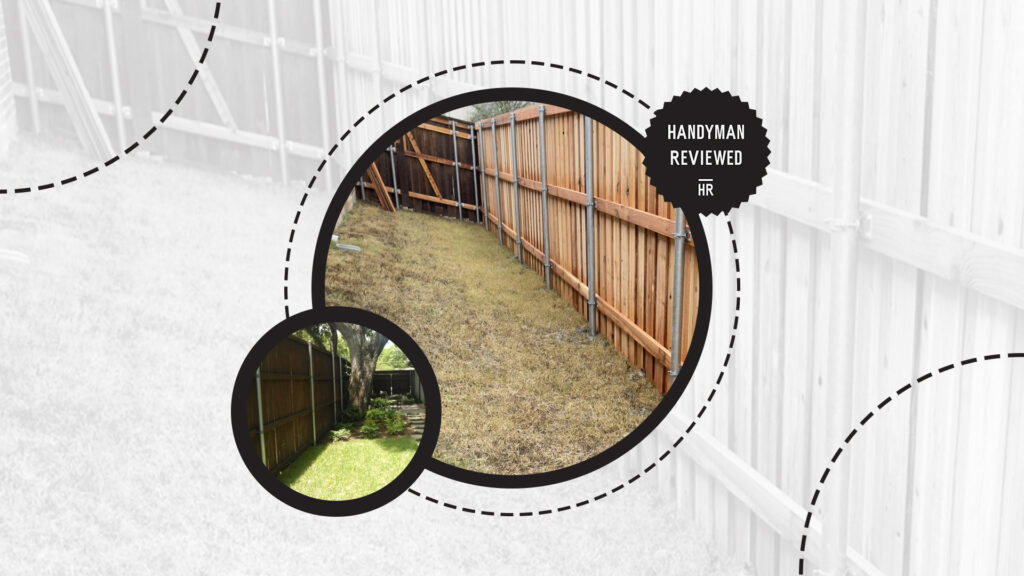
The ease of access to the site can directly affect the length of the excavation process. The easier it is to access the site, the larger and more efficient machinery can be used, which will help expedite the excavation process.
If the access to the site is restricted and narrow, you might have to rely on manpower alone unless you have small equipment that can fit through the site. Large excavators will already be out of the picture.
The longer it takes for the job to finish, the higher the labor cost will be.
Soil Testing
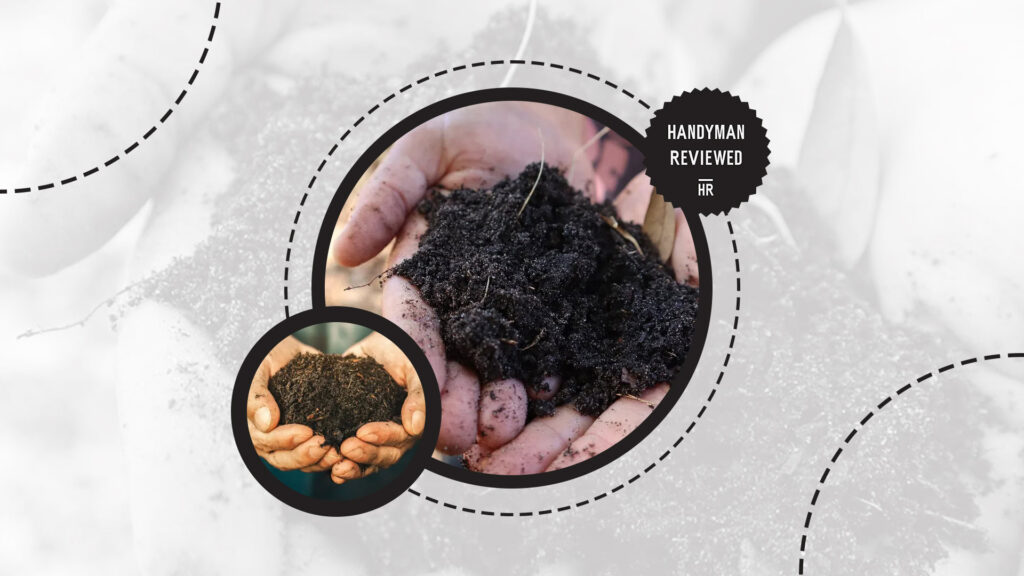
Soil testing helps you identify all the contaminants you have in your soil, so you should prepare around $200 to $2,200 for this. The actual cost will be highly dependent on the type of test and the size of the site.
You can proceed with the excavation if the soil is free of harmful contaminants. But if it’s not, you’ll have to perform clean-up or remediation, which costs around $4 to $6 per square foot.
Soil Disposal
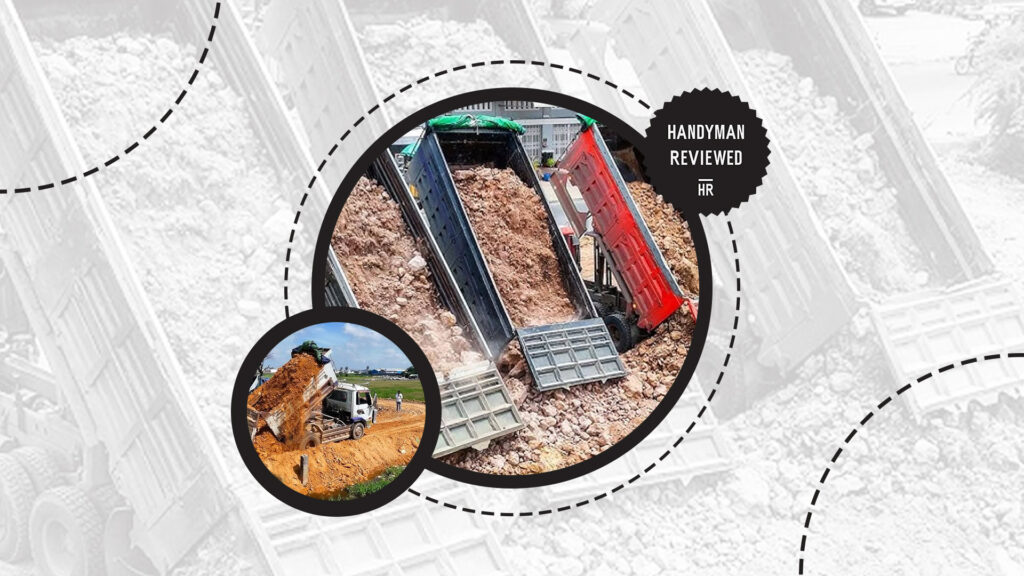
You can’t just excavate the soil and leave it next to the dug hole. You’ll have to hire some trucks to transport the soil from the site to the landfill, which will, of course, affect the total excavation cost.
Loading the dirt from the site to the trucks alone can already cost $8 to $25 per cubic yard. Once they get to the landfill, you’ll need to pay a tipping fee before you can dispose of the soil there.
Labor and Equipment Rental
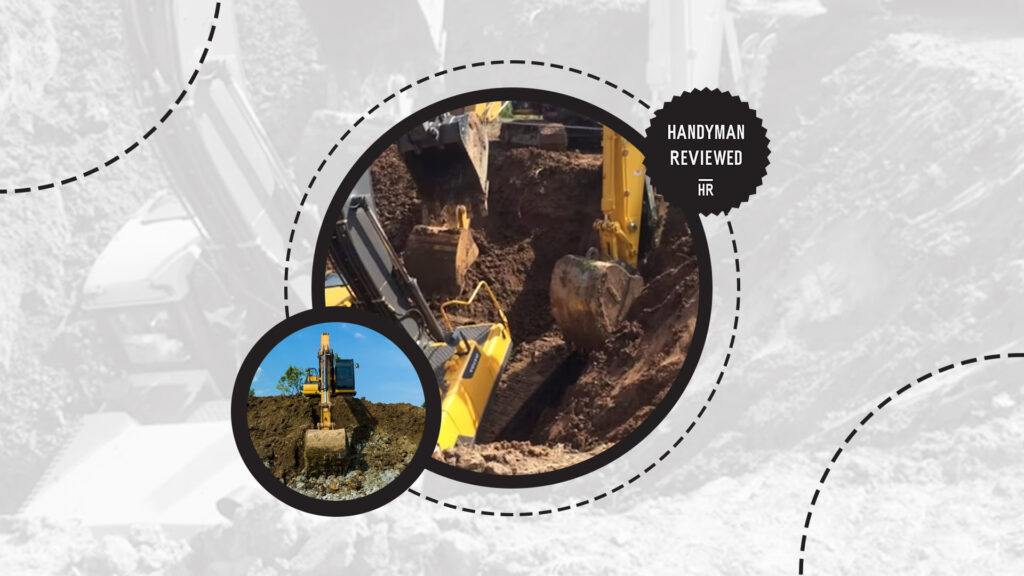
Depending on the size and complexity of the job, labor contractors will be paid $120 to $150 per hour or $50 to $200 per cubic yard. As with most construction projects, this will typically make up most of the total cost.
If the project requires specialized excavation machinery, you can expect to pay another $100 to $250 per hour to rent equipment with an excavator. Their presence, though, will help you significantly decrease labor hours and costs.
Land Clearing
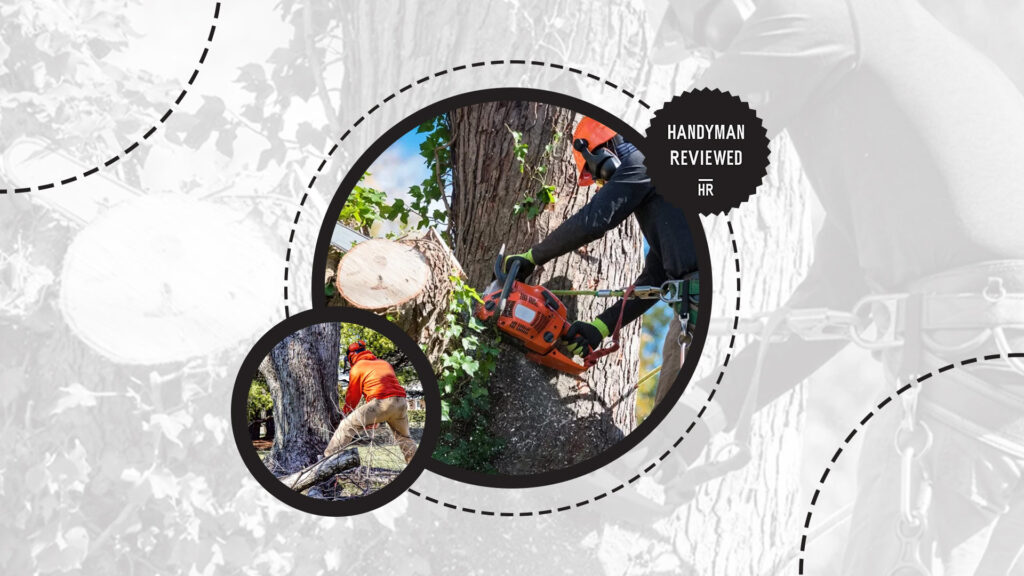
Before you can start soil excavation, you’ll first have to remove all the trees, stumps, or bushes on the site. This will, of course, cause more work for the laborers, which will increase the total labor cost.
Land clearing will increase your total cost by around $1,500 to $3,000 per acre. But if your place is heavily wooded, the additional cost can rise to $6,700 per acre.
Leveling Needs
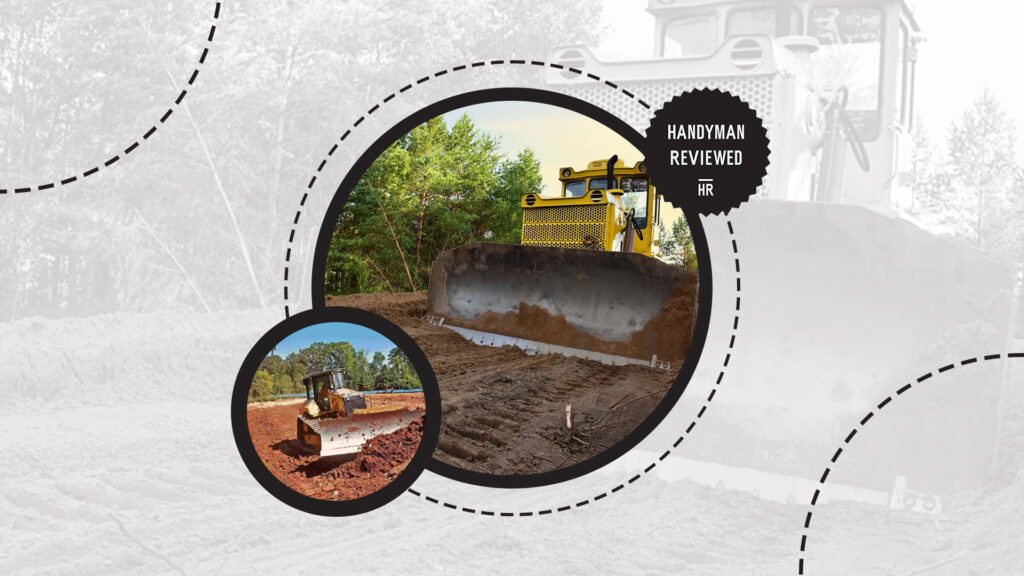
Leveling is basically just flattening an area and making sure it’s completely even. As simple as that may sound, this is a pretty complex job that requires precision.
The more soil you need to move during the leveling process, the higher the cost will be. Leveling the area will take more time, and big machinery may be needed to excavate and ensure evenness.
Most of the time, this is already included in your contractors’ services. But if not, you can expect to pay around $1 to $12 per cubic yard for leveling, depending on the size of the project.
Land Survey and Permit
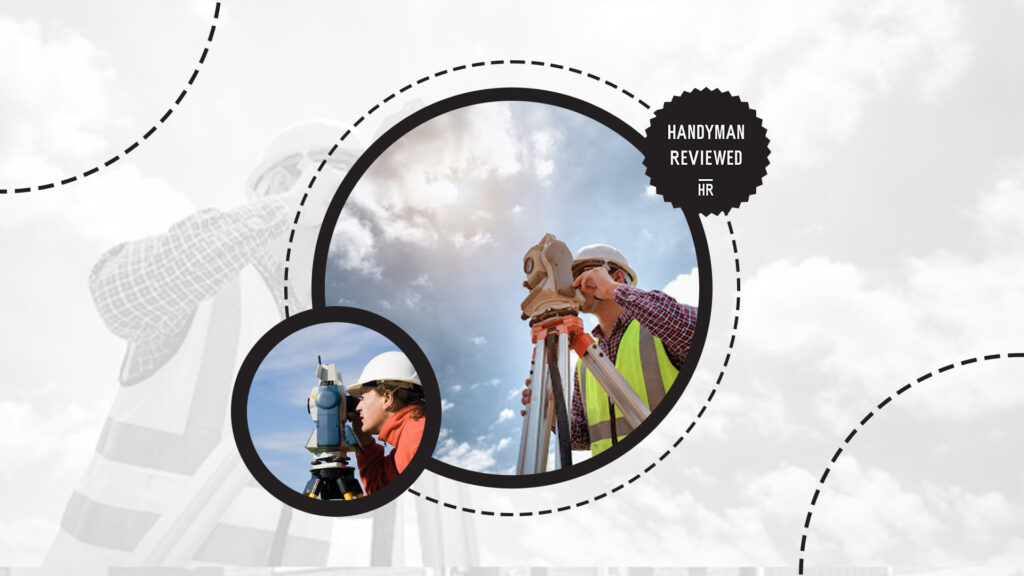
As with any major construction project, soil excavation, especially large excavations, requires a permit from the local government. This is to ensure that you’re following local building codes and regulations and aren’t endangering anyone.
Before you get that permit, though, you will typically need to present a certificate that you own the area you’re planning to dig. You can get this through a land survey.
Both land survey and permit application will increase your total soil excavation cost. Land survey can cost you around $400 to $550, while permit fees will be around $50 to $400, depending on the project and size of the excavation.
Project Type
The project type will dictate the amount of excavation needed and the constraints the laborers have to follow, influencing the total excavation cost. The more complex and big the project, the higher the cost will be.
In-Ground Swimming Pool

It’s no secret that in-ground swimming pools are expensive to build. Part of that is because of expensive excavation costs.
Soil excavation for an in-ground pool can cost $400 to $1,500, depending on its size and depth. If the location is inaccessible or filled with boulders, the cost can go up to $15,000 to $20,000.
Landscaping
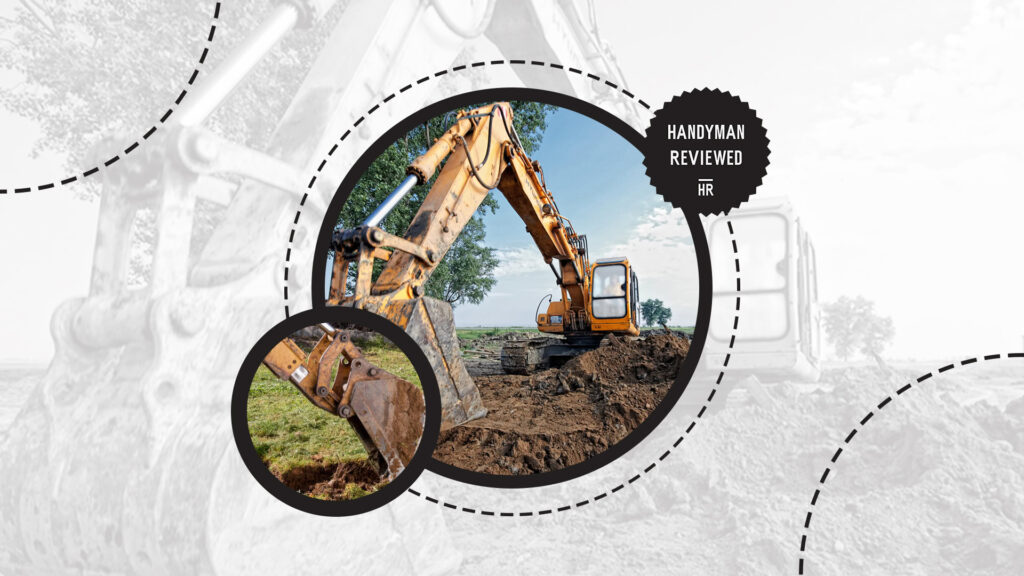
Soil excavation for landscaping typically costs homeowners $500 to $6,000, depending on the size of the landscaping project and the leveling required. If you don’t need to add new pipes or drainage, you can expect to spend only around $500 to $1,000.
It can be a bit more expensive than excavating for in-ground swimming pools since landscaping may require the laborers to dig shapes other than squares or ovals, which can complicate the overall excavation process.
Patio or Driveway
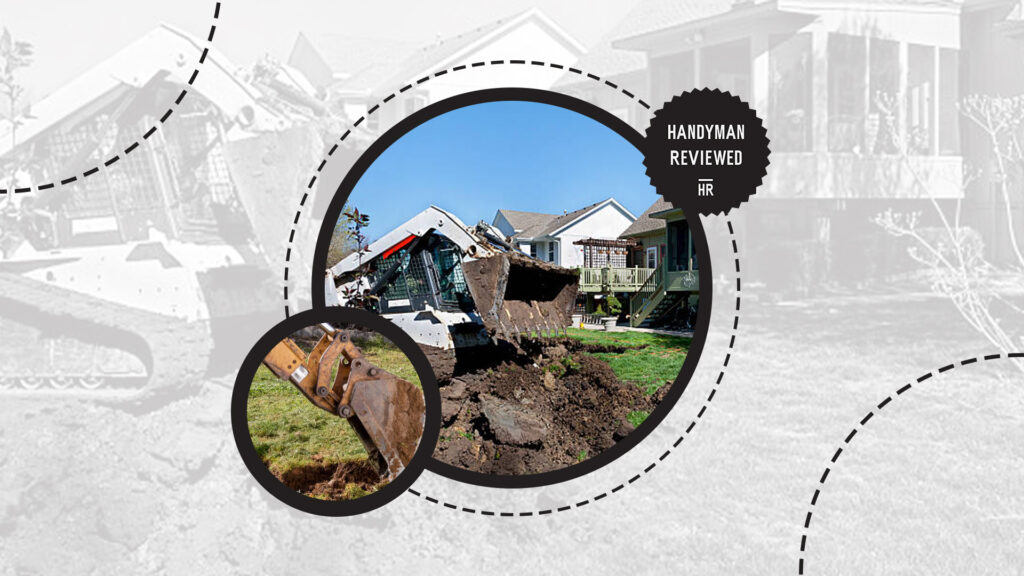
You may think excavation for patios and driveways will be cheap because it’s much shallower than pools, but that’s not always the case. Patios and driveways typically cover a large surface area, so the overall soil to be excavated is still a lot.
Additionally, the workers need to be more precise in leveling and grading when excavating soil for patios and driveways, leading to higher costs.
Overall, excavating soil for patios and driveways can cost around $1,000 to $2,500.
Hillside Excavation
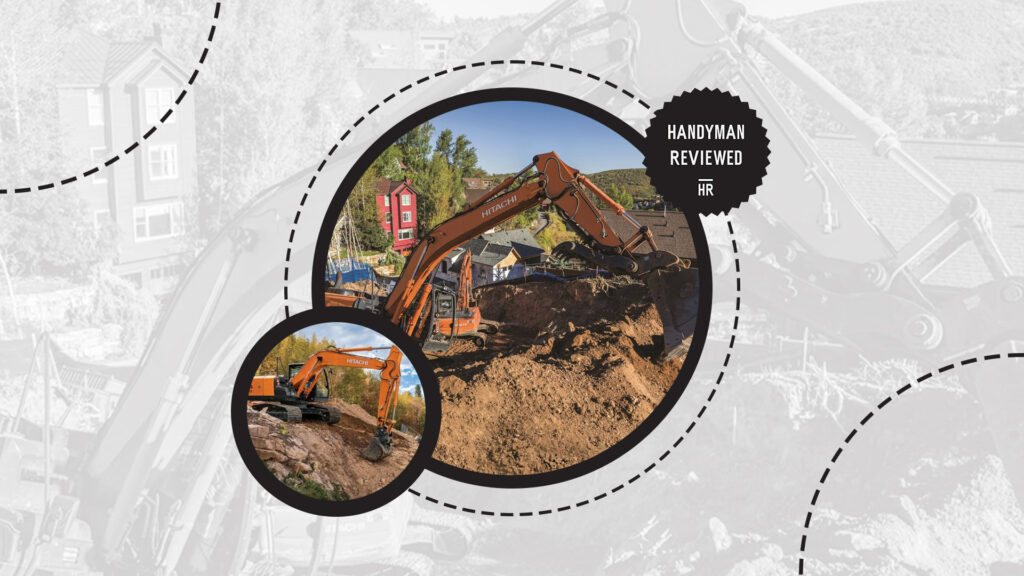
Flattening a hill requires a lot of work. You have to consider how stable the slope is to prevent landslides during excavation, bring in special machinery if the hill is too steep, and consider the varying soil conditions of the hill—all of which increase the cost.
By the end of the excavation, depending on the soil type, condition, and slope of the hill, you can expect to pay between $1,000 and $5,000 or $1 and $12 per cubic yard.
Rock Removal

Rock or ledge removal can be one of the most expensive excavation projects. Not only is it labor-intensive, but it is also because special machinery is needed, and special safety precautions have to be taken.
You can expect to pay around $1,000 to $20,000 for the project, depending on the type and volume of rock you need to remove. The harder the rock and the more rock you have, the higher the cost.
Granite removal can be one of the most expensive because it’s one of the hardest rocks.
Plumbing
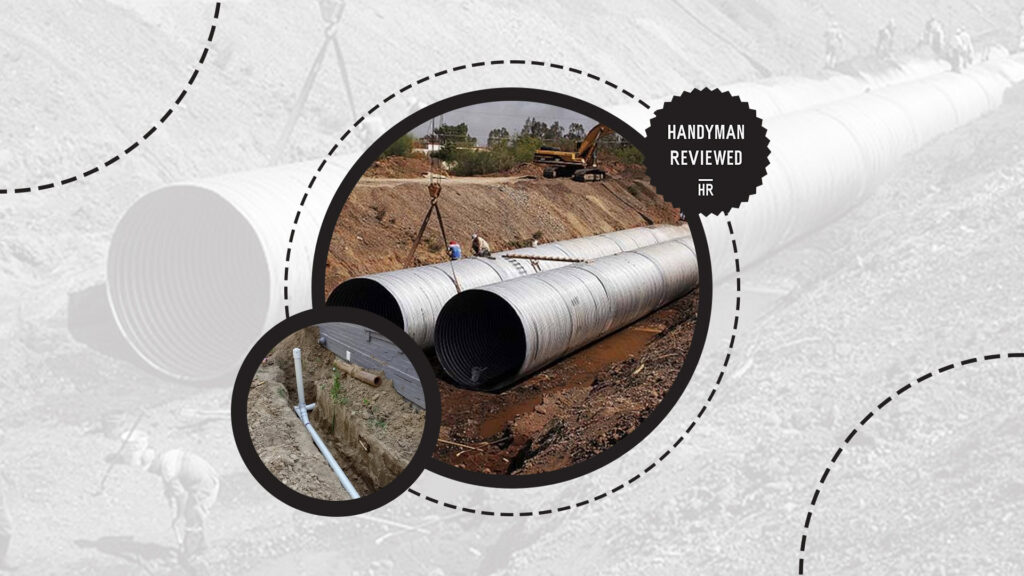
Plumbing projects often require trenches of varying depths and lengths for different types of pipes, which makes the excavation process more challenging. You also have to work around existing structures and utility lines, which further complicates the process.
All these complications result in higher excavation costs compared to other projects. So, if you need new plumbing, prepare around $1,500 to $10,000, depending on the extent of the plumbing.
Foundation for New Construction
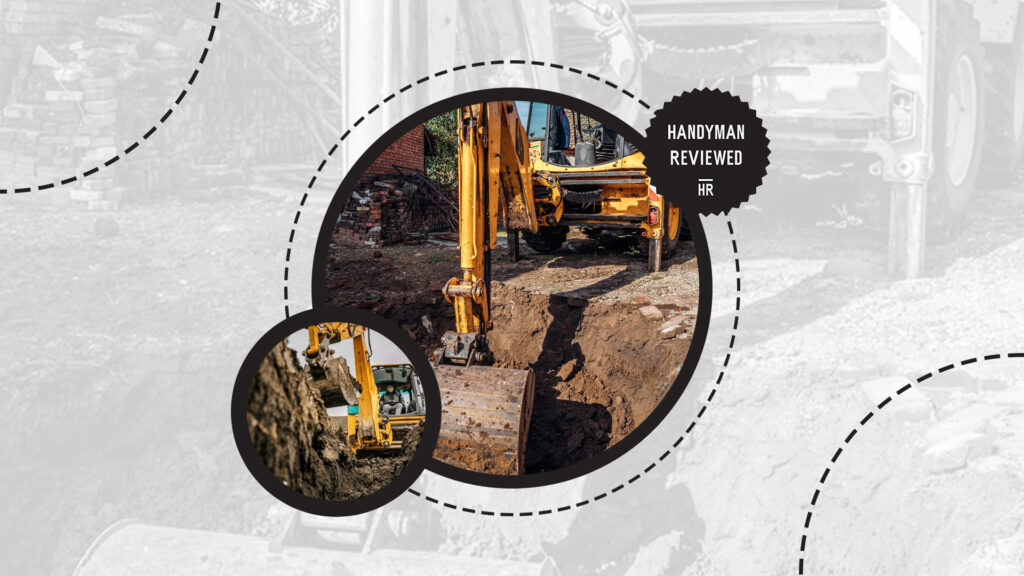
Foundations require deeper and more precise excavation to ensure the structural integrity of the new building and home they will support. The workers also have to be precise with grading and compacting to ensure the soil is stable for the foundation.
These factors make soil excavation for the foundation of new construction a bit more expensive than other types of projects.
Overall, you can expect to pay around $1,500 to $10,000, depending on the size of the building, the stories it will have, and the soil condition.
Basement
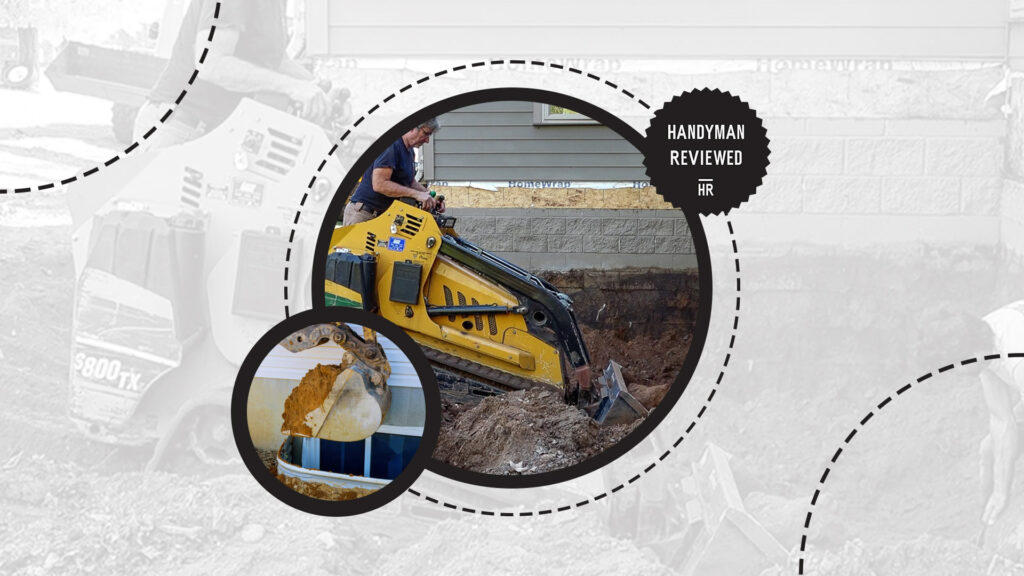
Soil excavation for a basement is probably the most expensive type of excavation. Depending on the size of the basement you want to build, it can cost around $5,000 to $15,000.
Typically, you’ll have to dig around 8 to 10 feet or more for a basement far deeper than other projects. This alone already makes this a highly expensive project.
It’ll be much more expensive if the soil is clay or has several rocks.
How do I save money when excavating soil?
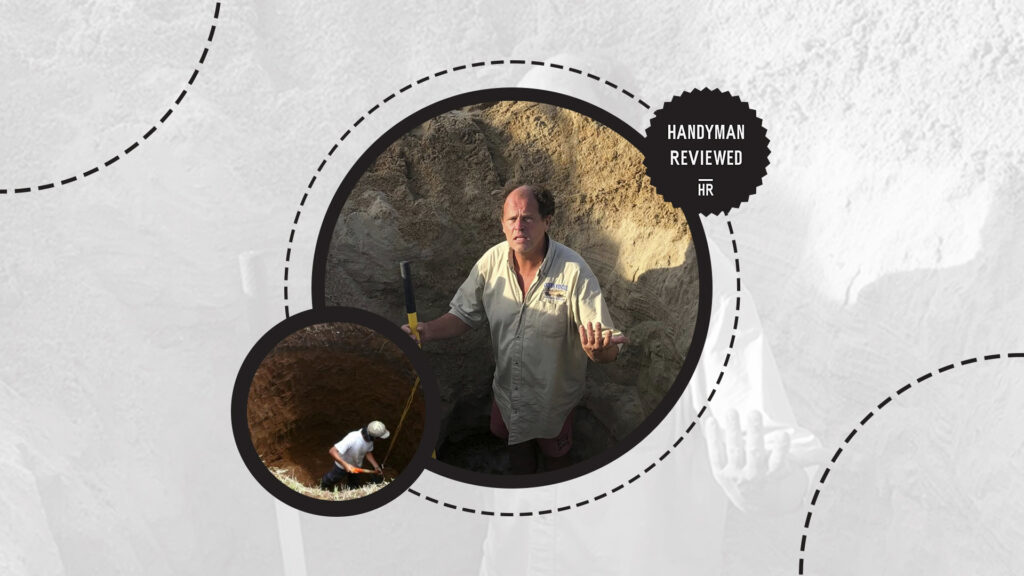
- Get quotes from multiple excavation contractors.
Contact different contractors and request detailed estimates of all aspects of the excavation, like labor, equipment rent, and disposal costs. This will help you compare their rates and see which will give you the best value for your money.
- Avoid peak seasons.
Home renovations, like landscaping, usually happen a lot during spring and summer because of the favorable weather conditions, so it’s best to avoid those seasons because contractors usually have higher rates.
However, if you’re planning to excavate for a pool, do it in spring or summer. Pools are usually built around fall, so they can be used during warmer months, resulting in higher rates for pool projects.
- Avoid changes in the scope of the work.
Once the contractor starts the excavation process, minimize the changes you want as much as possible. Changes in the middle of the job will likely incur more expenses and might end up pushing you out of your budget.
- Re-use excavated soil if possible.
The excavated soil can be used as fill material for grading, backfilling, or landscaping, so reuse it as much as possible. Not only will this help you save on disposal costs, but it can also help save on material costs for your actual project.
- DIY some of the work.
Consider if you can handle some aspects of the excavation yourself to lower labor costs. For example, you can remove some of the bushes or small trees yourself, or you can also help load excavated soil into a truck.

